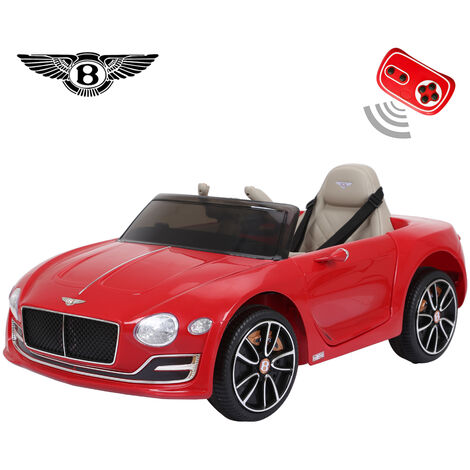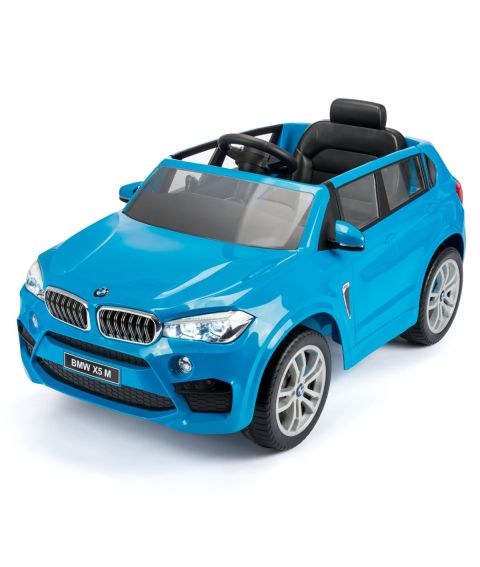What Is The Best Way To Choose A Ride-On Vehicle For A Toddler Or An Older Child?
To ensure the safety, security, and enjoyment of a child's car ride, you should consider their age, height, and stage of development. How to take into account these aspects - Age
Find cars specifically for toddlers aged 1-3. These vehicles have simple controls, a low design that is stable, and buttons or a steering wheel. Pick a ride-on car with a broad base for maximum stability and to decrease the risk of falling over.
Children older than 3 years age - Older children may manage more advanced ride-on vehicles with extra options and features. Think about cars that can be adjusted to accommodate children and weight capacity that is larger, as well as more interactive features such as lights, sounds, or music. Pick a ride-on that has adjustable speed settings and parental control. This allows you to cater to various levels of ability and provide safety.
Size
Weight and height are important factors to consider when choosing the appropriate ride-on you should consider your child's size and weight. Select a car whose seat is the right height and weight for your child. Avoid small or large cars that are uncomfortable to drive or dangerous.
Comfort and Legroom Ensure that your child is able to sit comfortably and has enough legroom in the ride-on. Check that the seat space is appropriate for your child.
Developmental Stage
Motor Skills- Take into consideration your child's capabilities in regards to coordination, motor skills and balance when choosing the right car. Younger toddlers may require less controls and features to navigate and navigate, while older children are able to navigate more complex controls and interactive features.
Independence and confidence The ride-on car helps children develop confidence and independence as they learn how to control and navigate their vehicle. Choose a vehicle that will enable your child to master the ability to steer, accelerate and brake independently. This will build their confidence and motor skills in the course of time.
Choose a car that's interesting and attractive to your child. Choose a vehicle with characteristics, themes, or colors that are appealing to your child. This might be a classic sporty car or truck.
Take into consideration your child's size and stage of development to choose a car that is safe, comfortable, and fun. This will offer many hours of fun and learning for your child to play and explore. Check out the best McLaren kids car for website info including ride of car, lambo toy car, ride a toy, kids electric cars, childrens electric cars, childrens electric cars, 2 seater electric cars, riding digger, car for toy, electric toy car and more. .

How Do You Maintain And Put Together A Kid's Ride-On Vehicle?
It is common for kids ride-on cars to require some assembly, along with ongoing maintenance, in order to achieve optimal performance and security. Here are the common maintenance and assembly requirements for kids' ride-on vehicles. (Assembly)
The majority of vehicles with ride-ons arrive partially assembled and need some sort of assembly. Attaching wheels, steering wheels, seats, and accessories as according to the directions supplied by the manufacturer are usually required.
Follow the assembly guidelines closely to ensure all components are correctly aligned and securely attached. Make use of the tools and hardware provided to complete the process.
Cleaning -
To ensure that your car is in pristine condition and operating effectively, it's essential to keep it clean. Use a dampened soft cloth with water and mild soap to clean the exterior surfaces.
Particular attention must be paid to the areas that are susceptible to accumulation, such as wheels, tires and undercarriage. Use a brush or a tooth brush to clean areas that are difficult to reach and eliminate hard-to-remove dirt.
Avoid using harsh chemicals, abrasive cleaners, or high-pressure water sprays since they could damage the electronic or paint components of the ride-on car.
Battery Care
The battery of the ride-on car needs to be maintained in a way to ensure it functions efficiently and lasts for as long as is possible. Follow these tips for caring for your battery for proper care of your battery
Fully charge the battery prior to the first use, and then following each use to ensure the longest runtime possible.
Avoid overcharging your battery or leaving it hooked up to a charger for an long time. Both could damage the battery and decrease its life span.
When not in use, store the ride on battery and car away from direct sunlight or extreme temperatures.
Check the battery terminals regularly for corrosion or damage, and clean them using a wire brush or terminal cleaner If needed.
Replace the battery if it no longer holds any charge or displays evidence of damage or degrade.
Tire Maintenance -
Always check the tires for evidence of wear, damage or loss of air. Use a bicycle compressor or air pump to fill the tires to the pressure recommended by the manufacturer.
Inspect the tread pattern to look for debris or foreign objects that could cause punctures or flats. Repair or replace damaged tires if necessary. Clear obstructions.
Lubricate the wheel bearings and axles frequently to decrease friction and ensure a smooth rotation.
Sometimes, repairs or replacements are needed.
Wear and tear, or even accidental damage could cause ride-on car parts to need to be replaced or repaired.
Be on the lookout for indications of malfunction or deterioration like unusual sounds or power loss or erratic behavior. You can refer to the manual for users or contact support at customer service to assist with repair and troubleshooting.
Replace worn-out or damaged components promptly to stop further damage and ensure the safety and performance of the ride-on automobile.
Follow these steps to maintain your child's vehicle that he rides on and ensure hours of fun and safe play for them. View the best read more for McLaren kids car for blog info including electric car ride, childs car toy, electric car ride, kiddies cars, kiddies cars, cars pedal car, kiddies cars, ride ons, toy the car, childrens digger and more. .

What Types Of Childrens Remote Control Cars Are Available? Pros And Pros And
Remote control vehicles for children Also known as RC or remote-controlled vehicles, are available in a range of sizes, styles and costs. They are designed to fit various budgets and tastes. This article will provide an overview of types sizes, styles and prices of children's remote control cars and their pros and cons.
Electric RC Cars – Remote-controlled cars powered by batteries that are suitable for use indoors and outdoors. They are available in many styles, such as buggies, trucks, and sports cars.
Nitro RC Cars – Gas powered remote controlled cars that provide better performance, but require more maintenance. These cars are usually bigger and more expensive than electric RC vehicles.
Scale models are replicas of real life vehicles including trucks and cars. They are also operated remotely. Scale Models are offered in a range of sizes which range from 1-10 all the way to 1-24. Larger scales give greater detail and an authentic appearance.
Sizes -
Remote control cars for children are available in many dimensions. The range of sizes ranges from micro-sized replicas to huge-scale models. The weight and size of the car can affect the performance.
Micro-sized cars are compact and light, which makes them ideal for indoor usage and for children who are younger. Models with larger scales offer more power and durability and therefore are perfect for off-road and outdoor racing.
Prices -
Prices of remote-control children's vehicles differ based on factors such as size, features and brand.
Micro-sized electric cars can be purchased for $20-$100 while larger electronic and nitro-powered models can cost between $100 and $500 or more.
The price of scale models as well as hobby-grade RC vehicles range from several hundred dollars up to over a thousand dollars depending on their level of performance and the level of detail.
What are the pros and cons?
Pros -
Children and adults can enjoy the thrills and excitement of remote-controlled cars.
Running an R/C car can help children to develop spatial awareness, problem solving and hand-eye cooperation.
Social Interaction. The RC car encourages social interaction and can be enjoyed by both friends and relatives.
Customization - A lot of RC automobiles can be modified by utilizing accessories, aftermarket components, upgrades and other accessories that can enhance performance and appearance.
Cons
Costs - Top-quality cars with advanced features, such as hobby grade cars, can be quite expensive.
Learning Curve - Controlling an RC vehicle requires practice and skill, and younger children may struggle with the controls in the beginning.
Maintenance - Regular maintenance is required for RC cars like cleaning, lubrication and repairs.
Safety Risks RC cars pose safety hazards such as collisions, falls and electrical dangers when not operated under supervision of an adult and the utmost care.
Overall, remote control children's vehicles provide a thrilling as well as educational experience for children of all ages, however it's essential to consider aspects like size, price, features, and safety when selecting the appropriate model for your child. For older children, hobby grade RC car models may be a better choice. However, more basic models are also a good option for younger children. Read the top kids cars kidscars.co.uk news for blog info including digger ride, ride a toy, toy ride, car electric ride on, ride electric car, toy the car, kidscars, riding digger, car toy car toy, car for toy and more. .

Comments on “New Info To Picking Remote Control Childrens Cars”